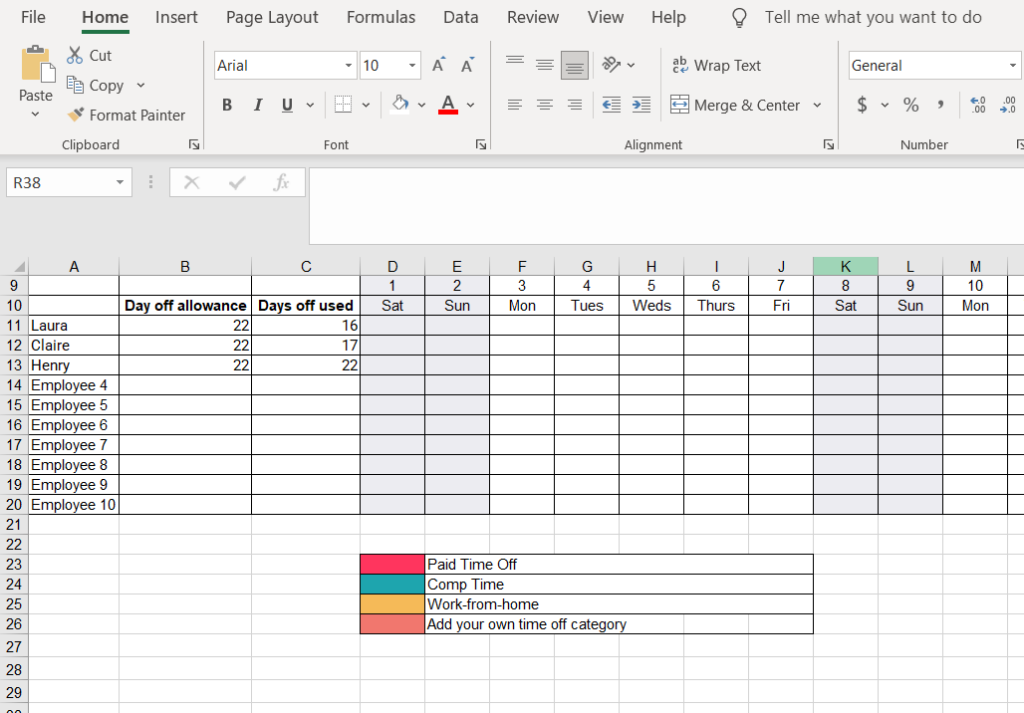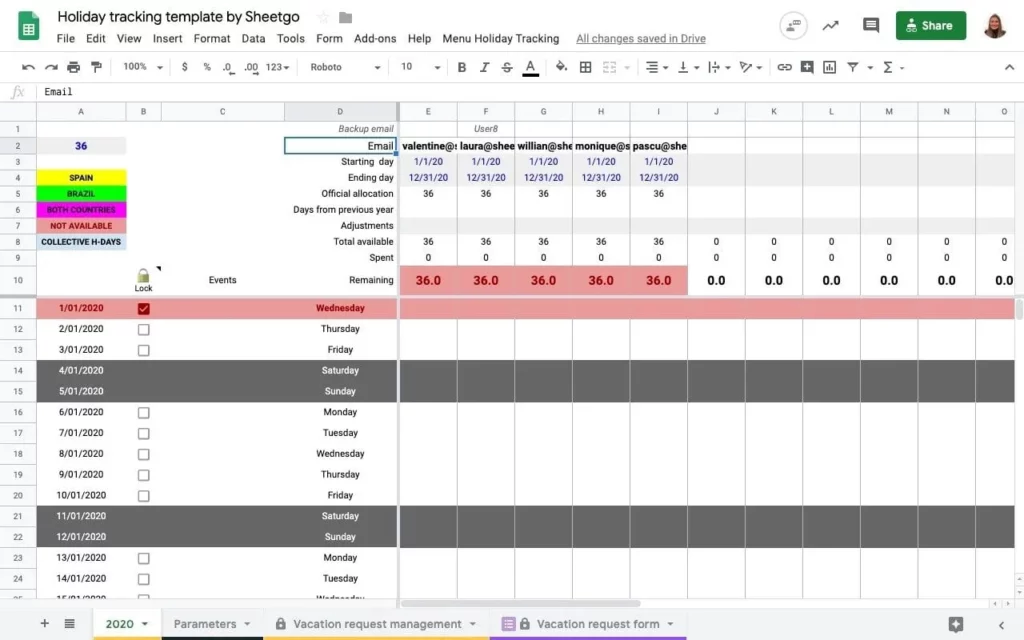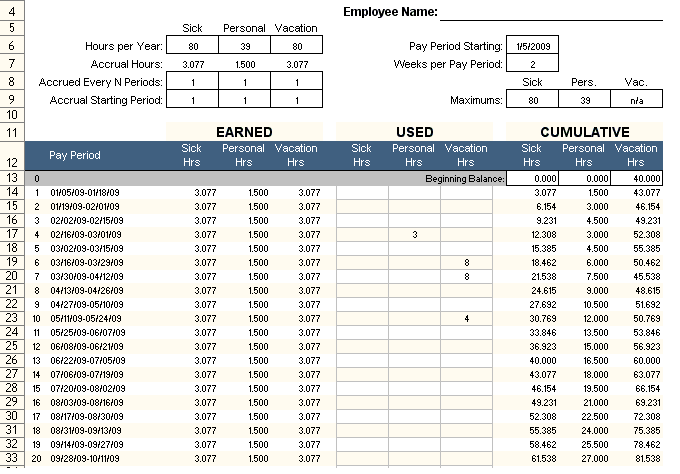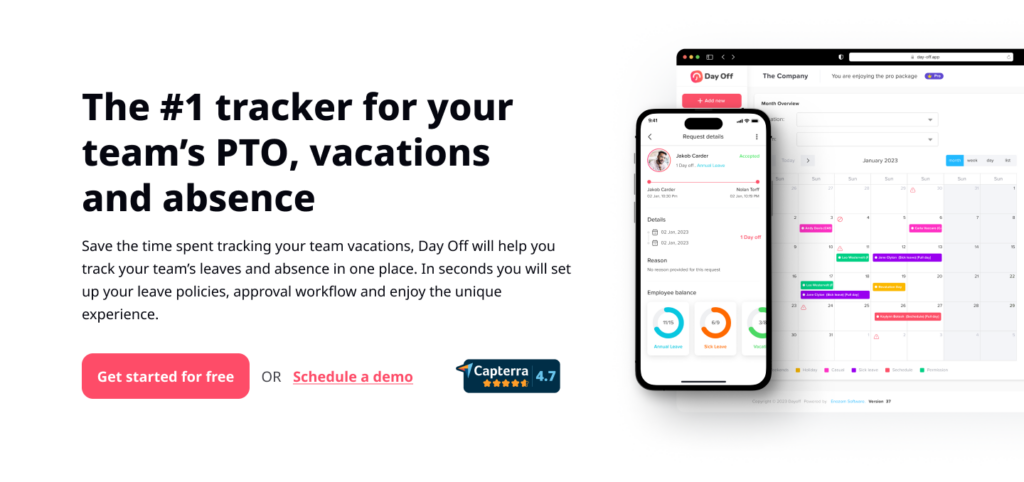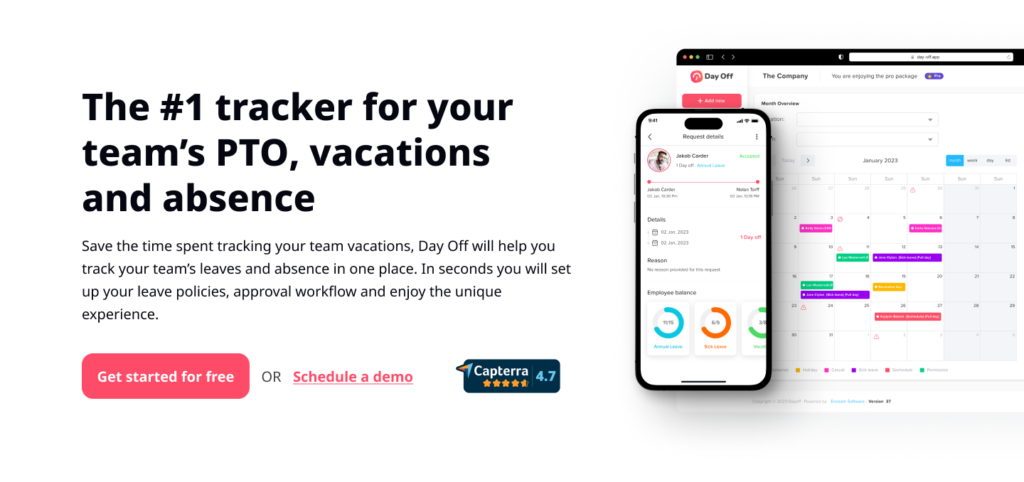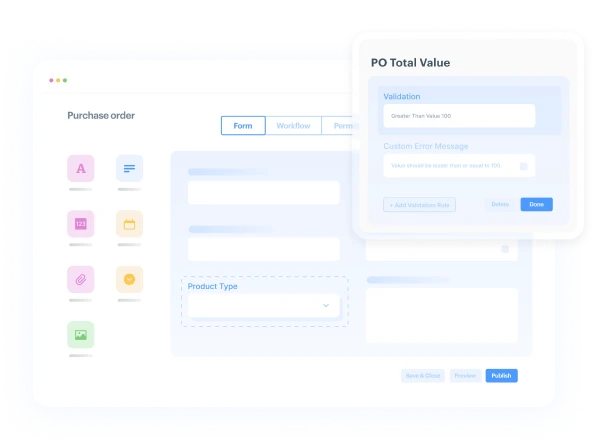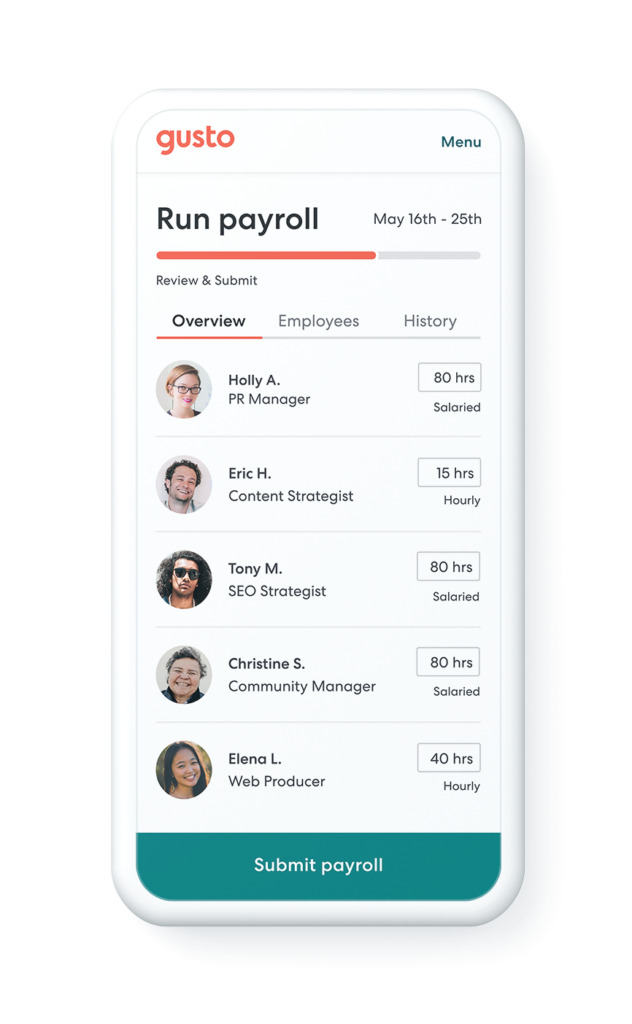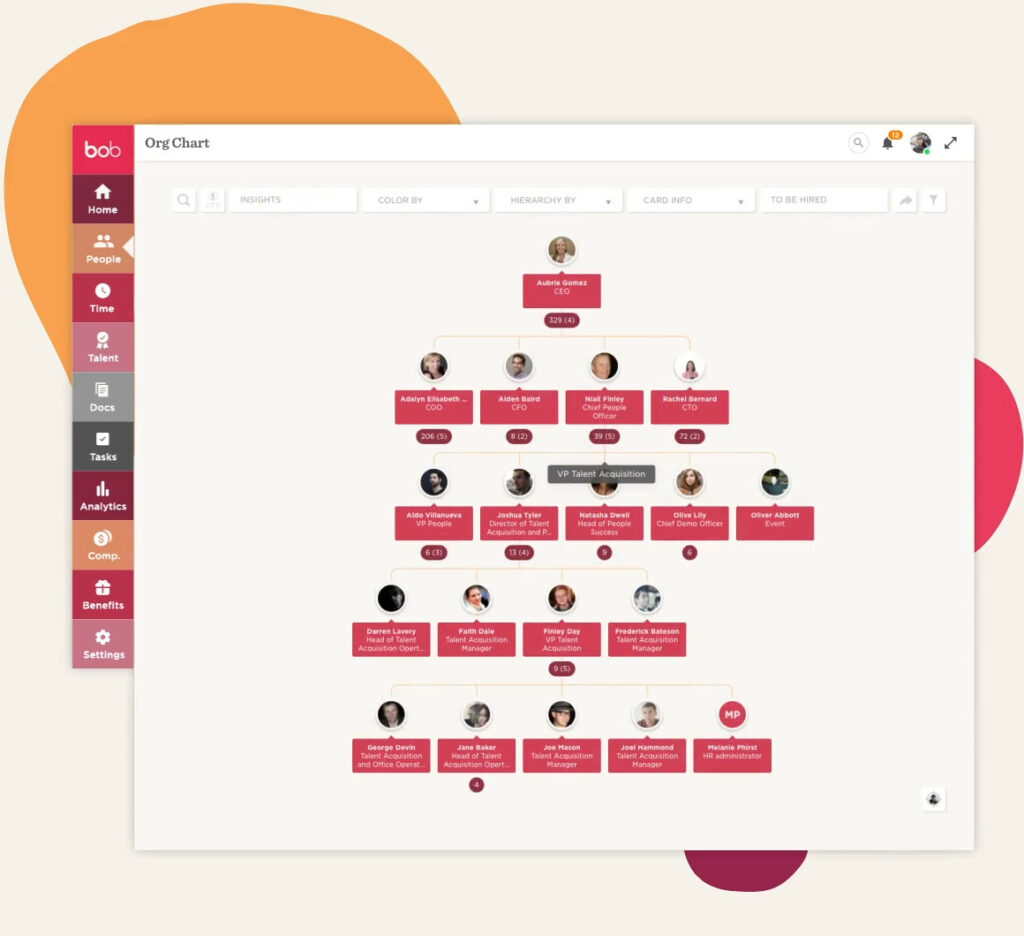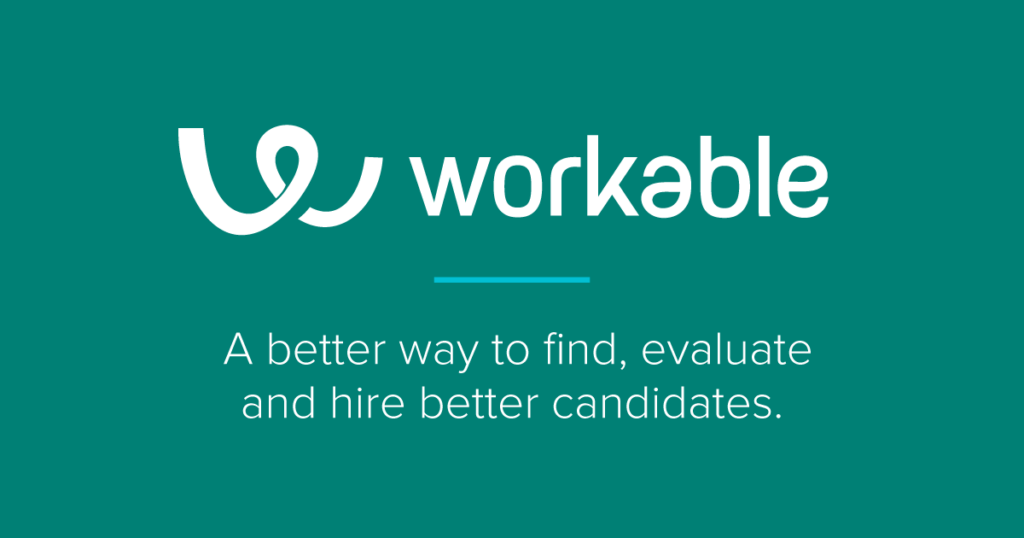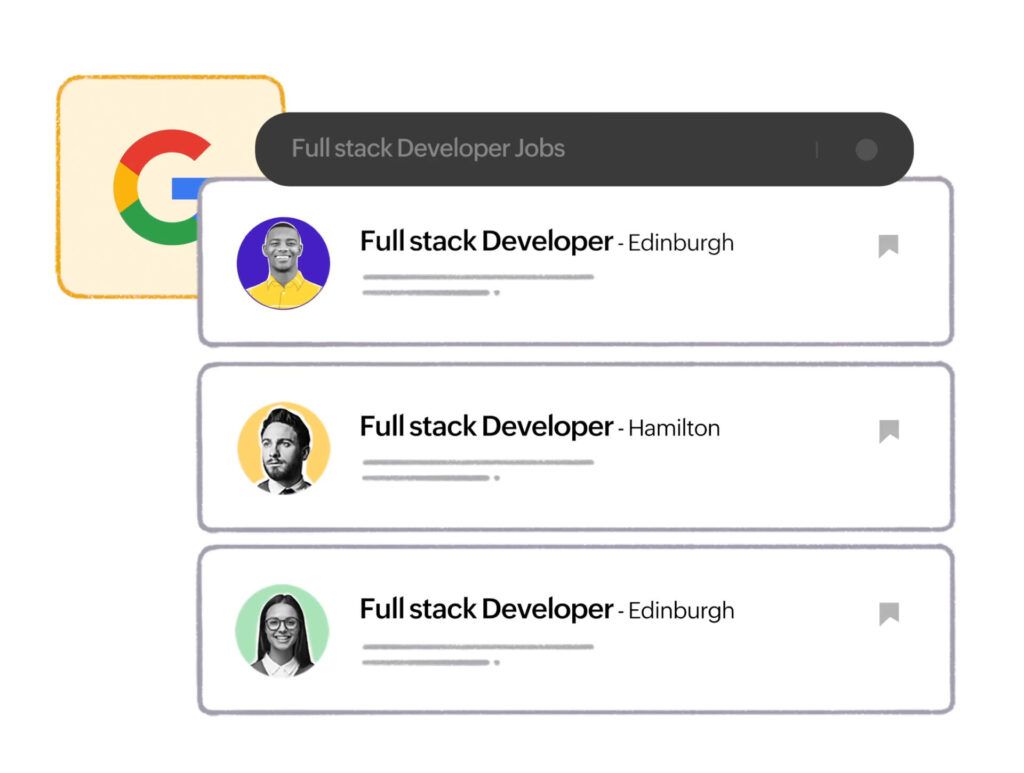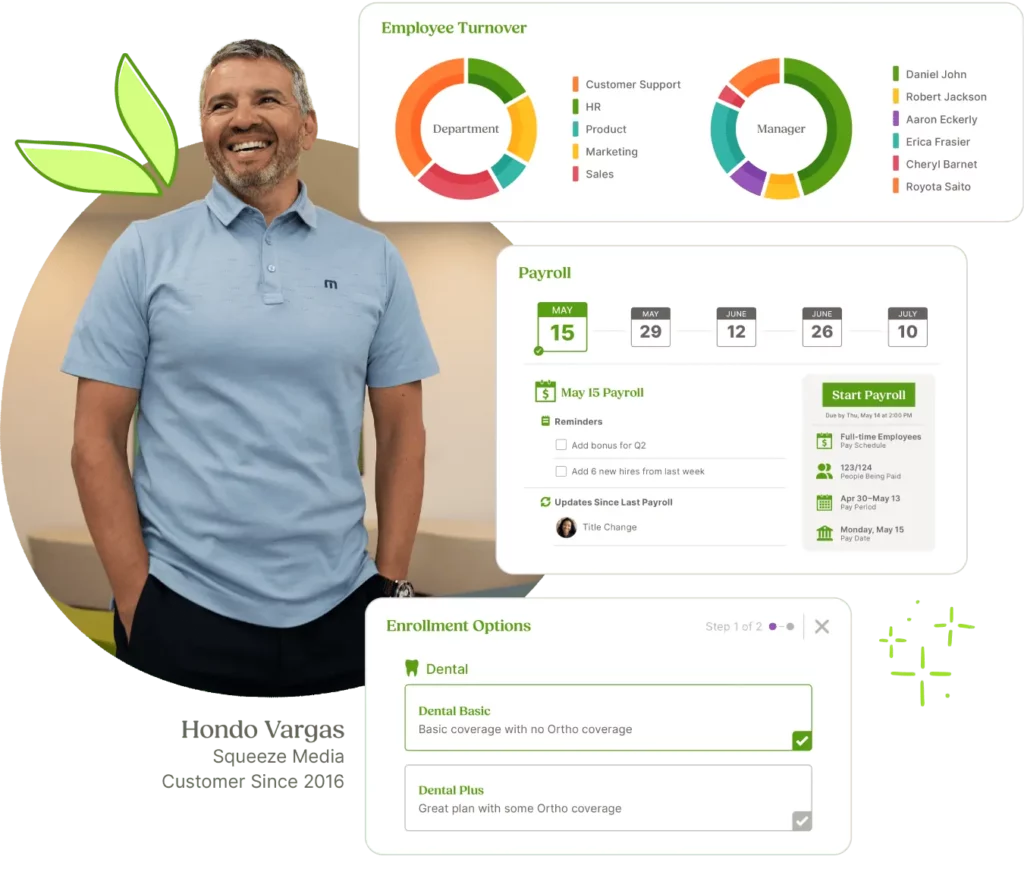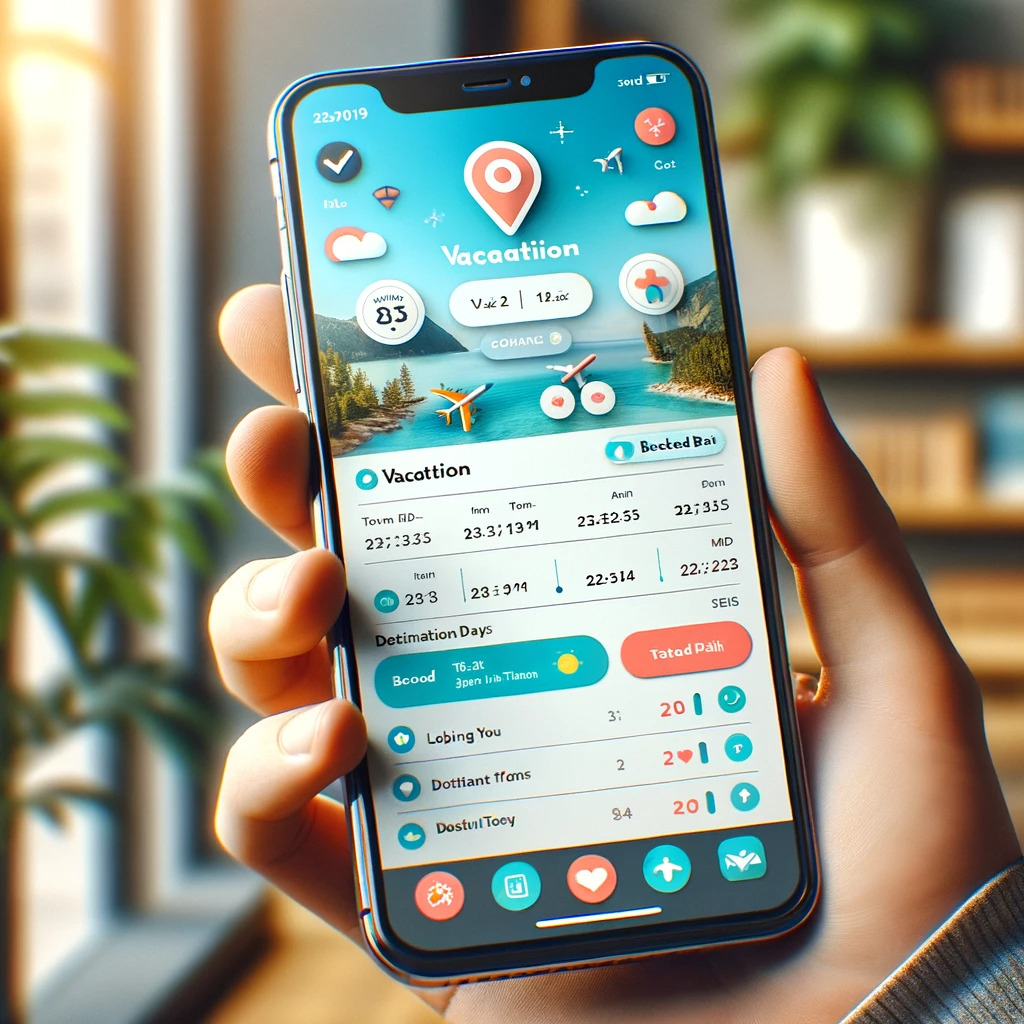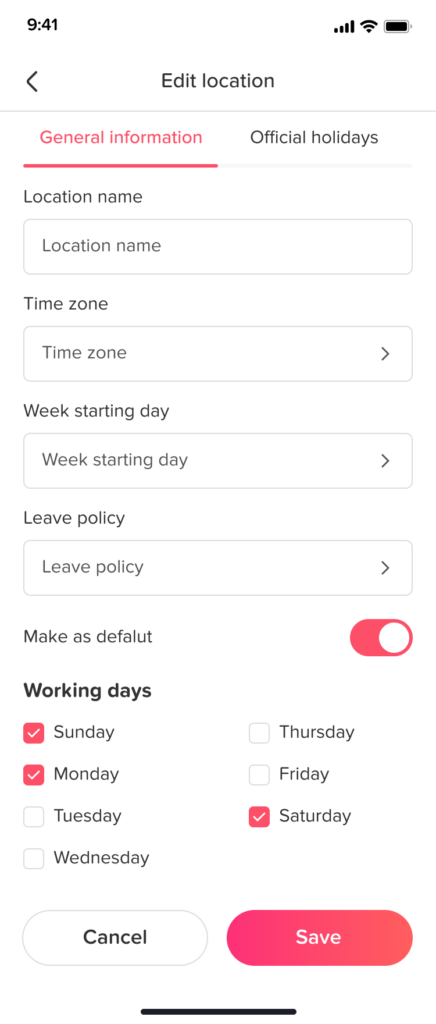Having a day off from work or your usual routine can be a wonderful opportunity to relax and recharge. Taking a break not only helps you feel better but also contributes to a healthier and happier you. In this article, we’ll explore simple tips of How to Make the Most of Your Day Off
Day Off is the #1 tracker for your team’s PTO, vacations and absence, Day Off will help you track your team’s leaves and absence in one place. In seconds you will set up your leave policies, approval workflow and enjoy the unique experience.
Tips of How to Make the Most of Your Day Off.
1.Plan Ahead
Before your day off, think about what you’d like to do. Planning ahead can help you make the most of your free time. Decide if you want to spend time outdoors, catch up on hobbies, or simply relax at home. Having a rough schedule can guide your day and ensure you don’t miss out on activities you enjoy. You might even consider creating a to-do list or setting some goals for the day.
2.Sleep In (If You Can)
One of the best things about a day off is the chance to sleep in. If your schedule allows it, allow yourself to wake up naturally, without an alarm clock. A good rest can leave you feeling refreshed and ready to enjoy your day. Be sure to get enough sleep the night before to make the most of your morning snooze.
3.Disconnect
Consider taking a break from your phone and other electronic devices. A day off is a great time to unplug, disconnect from work emails, and enjoy the present moment. Turning off notifications can help you fully engage in your chosen activities without distractions. Disconnecting allows you to escape the constant digital noise and focus on yourself.
4.Pursue Your Passions
Use your free time to engage in activities you love. Whether it’s reading a book, painting, cooking, or gardening, spending time on your hobbies can be incredibly fulfilling. This is your opportunity to do the things you might not have time for during your busy workweek. Dive into your passions and let them bring you joy.
5.Explore Nature
If you enjoy the outdoors, consider going for a walk, hike, or picnic in a park. Nature has a way of relaxing and rejuvenating the mind. You can immerse yourself in the beauty of the natural world, take in the fresh air, and clear your thoughts. Whether it’s a nearby park or a more distant hiking trail, nature offers a serene escape.
6.Pamper Yourself
Treat yourself to a little self-care. This can be as simple as taking a long bath, doing a face mask, or enjoying your favorite comfort food. Self-care helps you unwind and makes you feel special. It’s a way of replenishing your energy and reminding yourself of the importance of self-love and care.
7.Spend Time with Loved Ones
If possible, spend quality time with family or friends. Socializing can boost your mood and create lasting memories. You can organize a small get-together, play games, or have a heart-to-heart conversation with someone you care about. Connecting with loved ones strengthens your relationships and brings happiness.
8.Reflect and Relax
Take a moment to reflect on your goals, dreams, and what makes you happy. Some quiet time for self-reflection can provide clarity and direction. Use this opportunity to journal, meditate, or simply relax with a cup of tea and contemplate your aspirations. Reflecting on your life can help you gain perspective and make positive changes.
9.Exercise
Engaging in physical activity, even if it’s just a short walk or some stretching, can help you feel more energetic and improve your overall well-being. Exercise releases endorphins, which are natural mood lifters, and can leave you feeling invigorated. Whether it’s a full workout or some gentle stretches, moving your body is a great way to make the most of your day off.
10.Be Mindful
Practice mindfulness by being present in the moment. Whether you’re sipping your morning coffee, enjoying a meal, or taking a leisurely stroll, savor the experience. Being mindful can enhance your day by helping you appreciate the little things, reducing stress, and improving your overall well-being.
Conclusion
A day off is a precious gift to yourself. By planning ahead, tips of How to Make the Most disconnecting from the usual routine, and indulging in activities that bring you joy and relaxation, tips of How to Make the Most of your time away from work. Remember that taking breaks is essential for your physical and mental health, so embrace your day off and make it a memorable and rejuvenating experience.
Enjoy every moment, and let it leave you recharged and ready to face the challenges of the days ahead with renewed energy and enthusiasm. Make the most of your day off, because your well-being and happiness matter.


